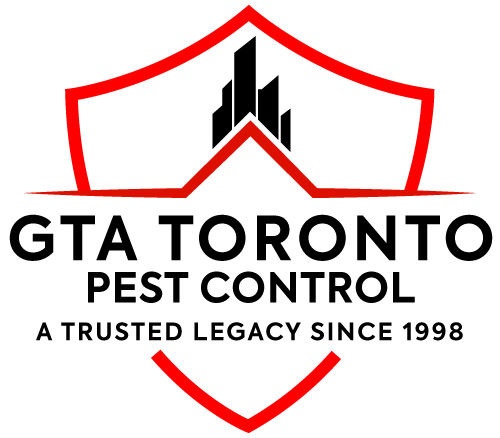About June Bugs
The term “June bug” refers to any of the 100 beetle species that are linked to scarabs seen in ancient Egyptian art. The June bug is sometimes known as the “June beetle” or “May beetle.” June bugs range in size from half to five-eighths of an inch in length and are reddish-brown in hue. They have gleaming wing coverings, known as elytra, since they are beetles. In early to midsummer, adult June bugs deposit 75 to 100 eggs underground. Larvae emerge from the eggs after around 18 days. The larvae are 1 inch long-legged worms with brown heads, and the bug can be quite harmful during this stage.
Habits
June bugs are only active at night. To evade predators, they eat from sundown until late in the evening. The grubs spend one to three years below, devouring plant roots while they go through three moult periods, depending on the species.
Habitats
June bugs are found throughout North America, Europe, and Asia and are known by a variety of names. The Frequent June bug, the Ten lined beetle, and the Green fruit beetle are the most common June insect species in the United States. June bugs are most active in the summer, especially between May and July, which is how the term “June bug” came about. You may notice some damage to your grass during the summer months, and June bugs are most likely to blame.
Threats
Gardens, lawns, and pastures can all be harmed by June bugs. They’re classed as chafers, which means they eat plants, specifically leaves. Grass, flowers, fruit, food crops like as grains, sap, and decaying organic substances can all be found in their diet. June bugs may wreak havoc on your grass, foliage, and fruits and vegetables, but various species have distinct nutritional requirements. The Japanese beetle, for example, prefers common crops like strawberries and peppers, but Common June bugs are fine to dine on your lawn or surrounding trees and shrubs.
Prevention
The greatest method to avoid an infestation is to avoid it in the first place. The first step in preventing June bugs is to keep your grass in good shape. Try irrigating your grass often in late June, when females are attempting to bury their eggs. To stimulate new growth, you may also consider overseeding your lawn.








